King Charles III faces huge challenge to improve royal image after Queen’s death
With the passing of Her Majesty The Queen, the new King must now find a way to steer the Crown through its most dangerous chapter.
It has happened.
After 25,781 days, 15 Prime Ministers, and more than 30 corgis, Her Majesty The Queen has passed away at the age of 96.
Today is a historic day – a phrase that is relentlessly overused but is now sadly accurate – and you are going to read a stream of stories about her incredible reign.
She was a woman born several rungs down the line of succession, a princess destined for an aristocratic life of horses and shooting weekends, and who by a quirk of fate ended up as one of modern history’s – and the world’s – most iconic and adored figures.
But the royal family that awakens on Friday is one lead by an untested King of middling popularity, with a queen who was once known as Britain’s most hated woman, a family divided by a toxic feud and which has been buffeted by allegations of sex abuse.
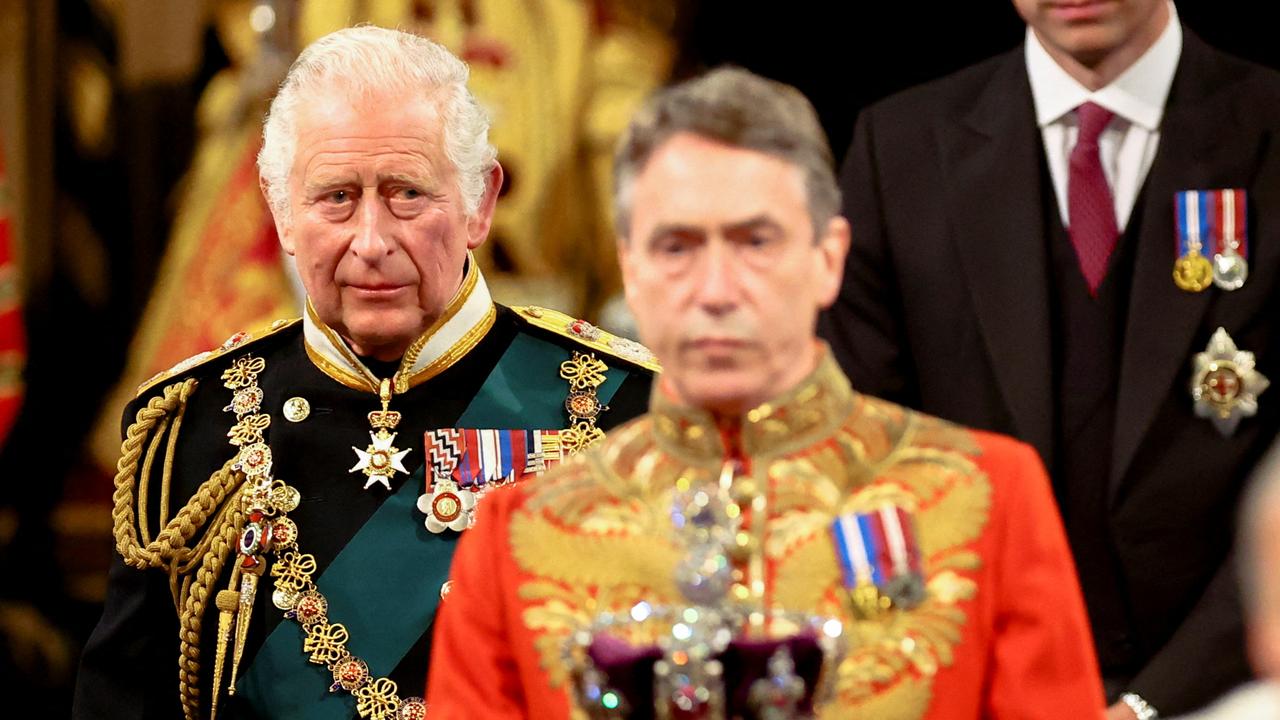
Her Majesty might have remade the monarchy, overseeing its transition from a Victorian holdover into a thriving institution focused on community good, steering it through seven decades of seismic change; however she leaves behind her family and the Crown in a truly precarious and shaky situation.
For King Charles III, as a father and as sovereign, the next 90 days will be one of the most dangerous periods in the history of the House of Windsor, not least because once the black crepe has come down, once the flags are back at full mast, in Commonwealth countries like Australia the murmurings of the Republican movement are likely to become increasingly clamorous.
There is, most obviously, the fact that the new Head of State, Head of the Commonwealth, Defender of the Faith and Head of the British Armed Services is a man who, for decades, was simply not that well liked.
Even after a lifetime of having dedicated himself, most notably to environmental causes, and of having established his mould-busting Prince’s Trust charity, the numbers paint an unflattering picture.
The most recent polling, done just prior to Her Majesty’s Platinum Jubilee celebrations in early June, had Charles at 56 per cent favourability, as opposed to the Queen’s commanding 81 per cent.
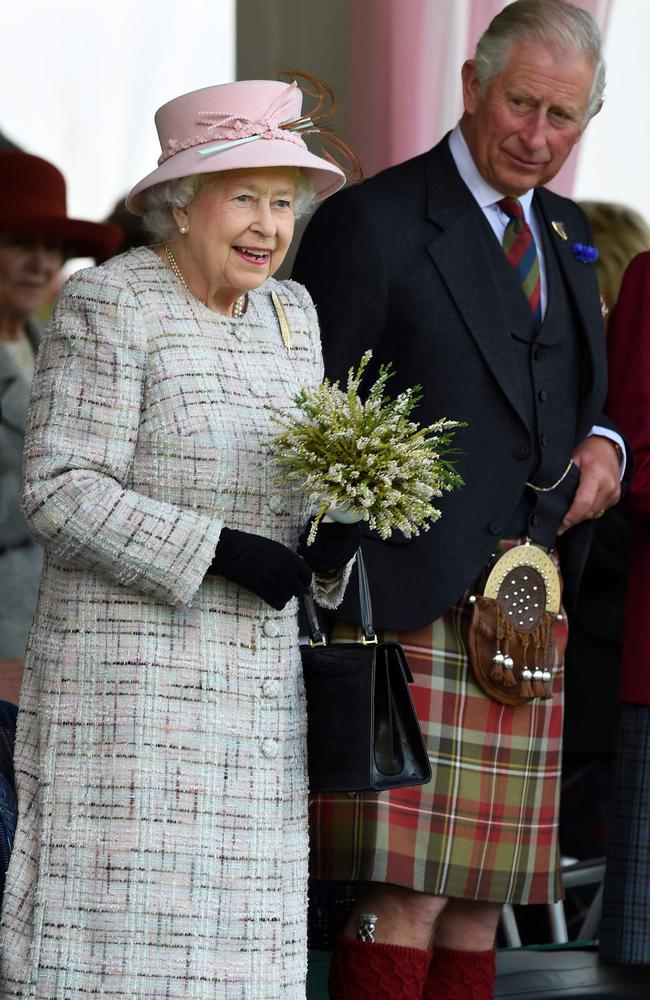
For Camilla, that number sat below the 50 per cent mark at a decidedly lukewarm 48 per cent.
While the couple might have worked incredibly hard over the last 17 years since their marriage, with the now queen working tirelessly on domestic violence issues, and both of them proving to be, like the Queen, dedicated monarchical troopers, the grudging respect they might have built up hardly translates to any sort of broad public backing.
The coming days, weeks and months will see a bump in the number for the new King and Queen, however, what remains unknown is whether this will translate into longer lasting support for the duo.
There is also the much bigger, existential question of how a hereditary monarchy – a system built on extraordinary privilege for a select few people who have simply one a genetic lottery – fits in a world in which existing power structures are now facing unyielding and in many cases, entirely necessary, scrutiny.
Support for the monarchy has unassailably been falling. In May, 62 per cent of Britons said they thought the country should continue to have a monarchy, down from 73 per cent in 2012. Drill down. Look at the 18-24-year-old demographic and that figure falls to a precarious 33 per cent with a nearly equal number (31 per cent) reporting that they think the UK should have an elected head of state.
Only just over half of Brits surveyed (56 per cent) said they thought the institution was good for the nation, a drop from 67 per cent a decade earlier.
This year’s polling also found that only roughly a half of respondents, 57 per cent, were proud of the monarchy.
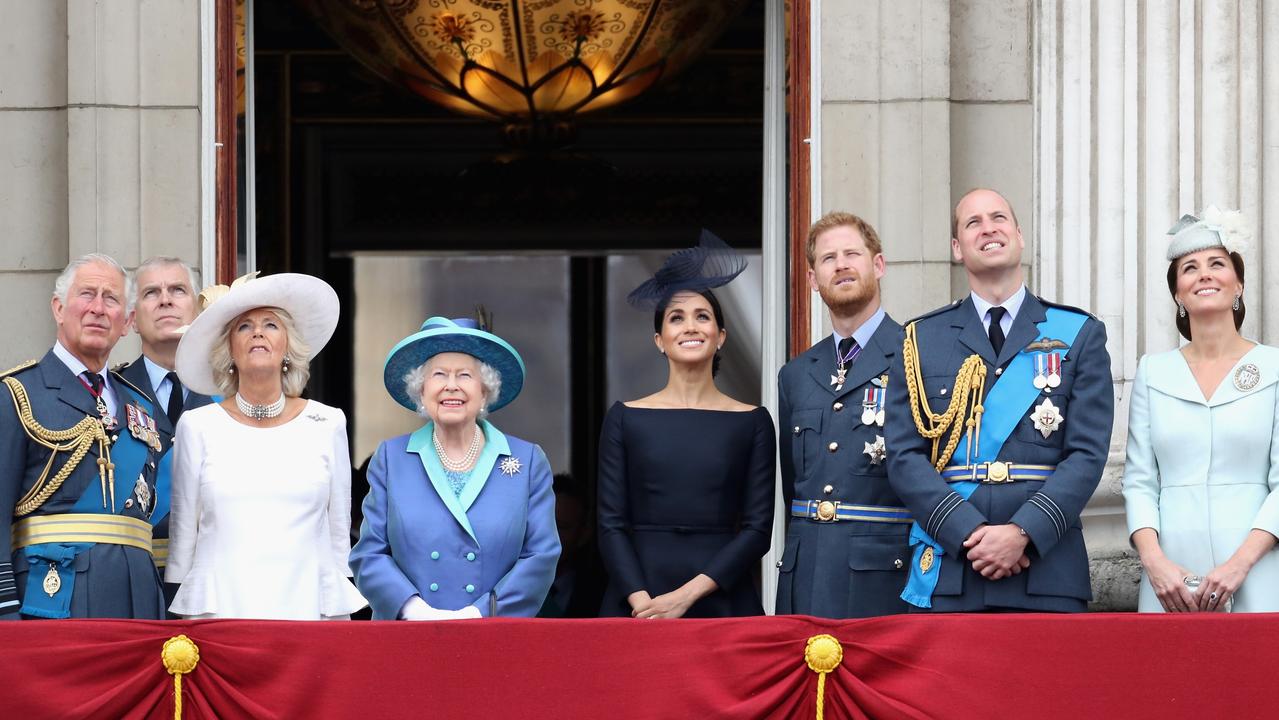
And for that youngest 18-24-year-old cohort? A worrying 23 per cent were proud.
Charles must now find a way to not only halt this worrying erosion of support but to also staunch the reputational bleeding the House of Windsor has suffered in recent years.
The monarchy he inherits today is one that has just, by the skin of their very average dental work, survived the last few years.
Not since King Edward VIII decided he would prefer to spend his life in exile disconsolately pottering around his garden and trying not to get on Wallis’ nerves has Buckingham Palace faced such a series of roiling crises.
There is no question that the biggest of these has been the downfall of Prince Andrew.
In November 2019 when he sat down with the BBC’s Email Maitlis to finally answer questions about his ties to convicted sex offender Jeffrey Epstein, the royal reportedly thought the grilling would drawer a line under matters and let him get on with business, aka, spending questionable amounts of time in Bahrain. Instead he torpedoed his entire life, revealing to the world what a pompous, self-centred gammon-in-a-Saville-Row-suit he really was.
Within days, he was forced to commit the royal equivalent of hari-kari and submit himself to an ignominious life devoid of the sort of grasping bankers and autocrats who had previously (reportedly) featured.
However, the noxious stain of this situation was not quarantined to the boundaries of Royal Lodge, the Duke of York’s palatial home. The contagion has long spread to the Palace itself.
There are questions that even today have not been answered, such as, why was Andrew allowed to get away with spending so much time with such a shady character? Why had no one put their foot down when he decided to spend multiple nights with Epstein in New York by which point the financier was a convicted sex offender? Why, when news of this trip broke, was Andrew shielded by the regal impiratur of the Queen with her swiftly making him a Knight Grand Cross of the Royal Victorian order?
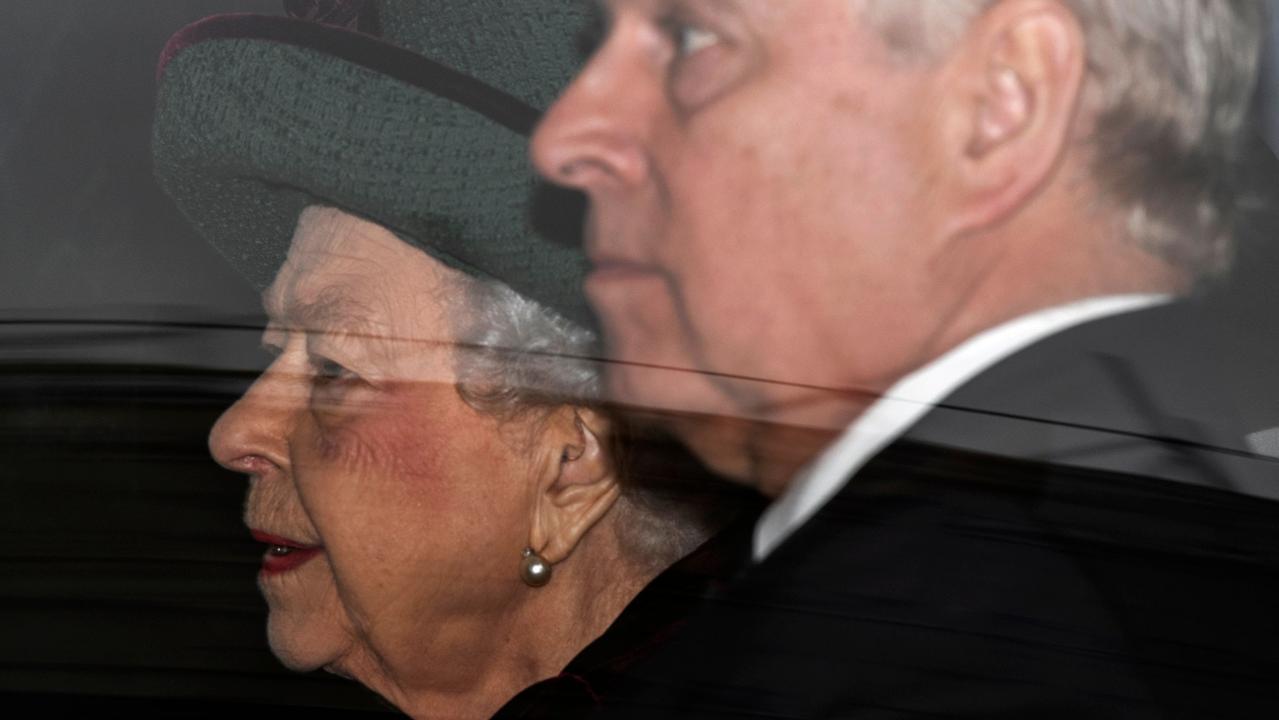
While there have been scandals aplenty involving HRHS over the years, there is no equivalency here. We are not talking about the garden variety infidelities which plagued the royal family in the 90s but something of a magnitude much more grave.
An appalled public will not forget this most sordid of chapters for a very long time to come.
In 2021, Virginia Giuffre filed a lawsuit against Andrew in a New York court alleging he had sexually assaulted her on three occasions, a claim he has always strenuously denied.
In February 2022, they duke settled with the now Perth-based mother-of-three for a sum that the Telegraph has reported was around $21.5 million in order to avoid the civil case going to trial.
The taint and blemish of this chapter can never be washed away nor the reportedly funds from the then-Prince of Wales and the Queen were used to pay a woman who alleged she was raped by a prince.
Then, less than two months after Andrew’s prime-time self-immolation, Harry and Meghan, Duke and Duchess of Sussex spectacularly quit royal life before going on to define their post- Palace lives by taking regular, brutal aim at The Firm.
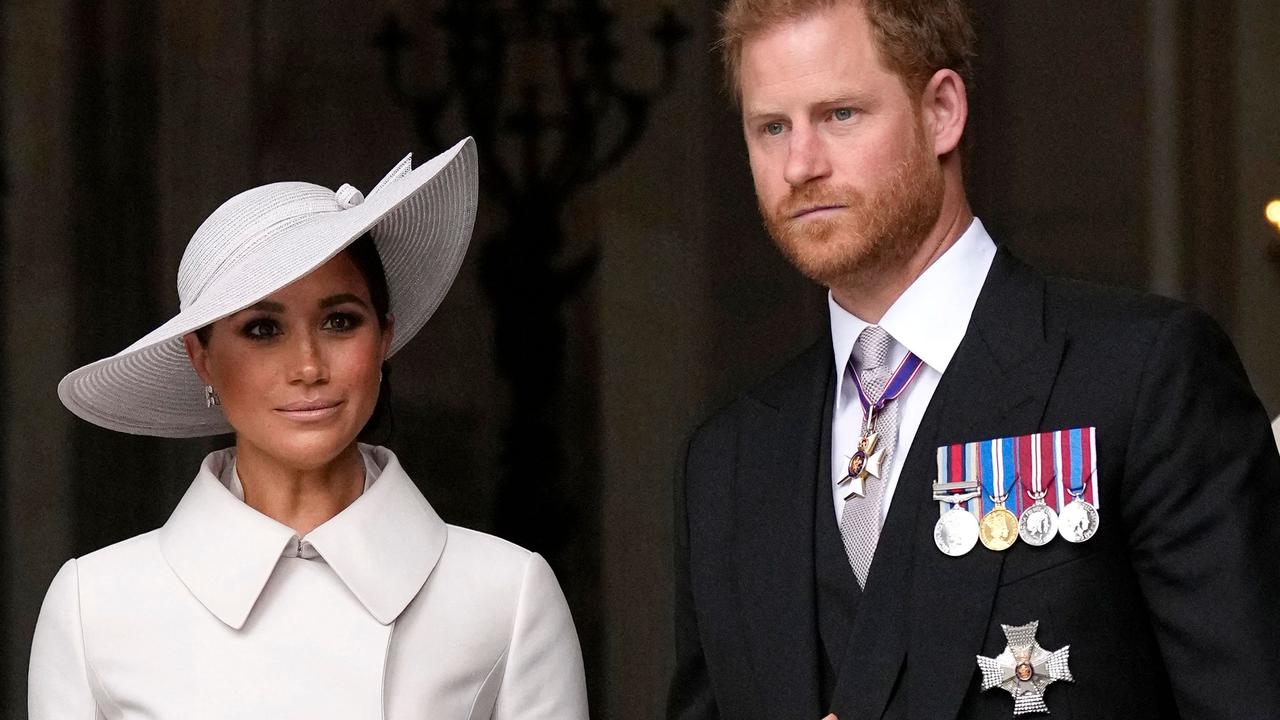
The reverberations of their decision to wholesale walk away from royal life are still being felt. What does it say about being a working HRH that it took such a toll on the participants’ mental health that they could not stand to be a part of it?
The monarchy that Charles now presides over is one that is still shadowed by claims of institutional racism, cruelty, and of using the power of the throne to protect a man who has never shown any real remorse for being buddy-buddy with a convicted sex offender.
No matter how hard Charles, the new Queen Consort Camilla and William and Kate, now the Duke and Duchess of Cornwall and Cambridge will all work in the coming months years, dutifully applying themselves to the issues like domestic violence, climate change and mental health on which they have staked the future of the Crown on, will that be enough to right the ship and reinvigorate support for the monarchy?
To keep the Commonwealth from disintegrating?
To wash away the bad taste in the public’s mouths after the squalid Andrew situation and the many, many slings and arrows fired by the Sussexes?
Never before has the Shakespearn line “uneasy is the head that wears a crown” been sadly more apt.
As a king, Charles faces a gargantuan task ahead but today, as a son who has just lost “Mummy,” as he so touchingly called her during the Jubilee, he is a son in mourning.
For the very last time: Vivat regina.
Daniela Elser is a royal expert and a writer with more than 15 years’ experience worth a number of Australia’s leading media titles.






